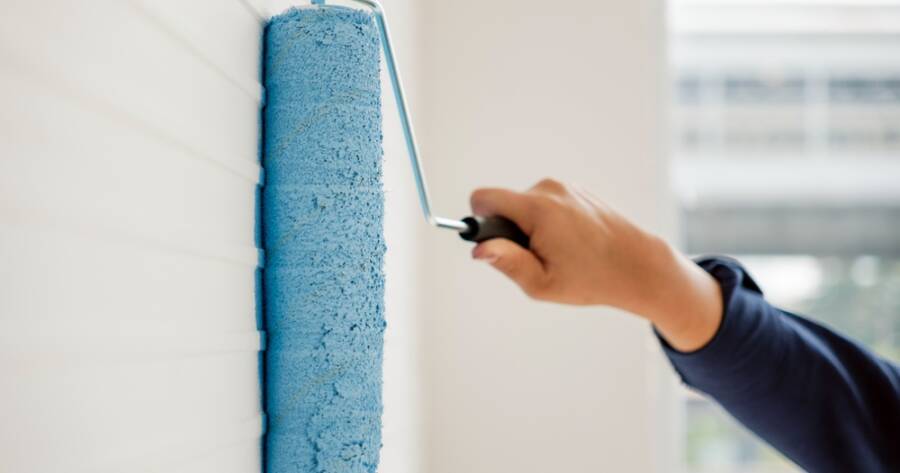Color is more than just a decorative decision—it’s a powerful emotional tool. From sparking energy to soothing anxiety, the shades we surround ourselves with have a profound impact on how we feel, focus, and function. That’s the essence of color therapy—using intentional color choices to influence mood and wellbeing. When applied at home, color therapy turns your living space into a haven of harmony, creativity, or calm—depending on what you need most.
1. Blue: The Color of Calm
If your goal is tranquility and rest, blue is your go-to. Associated with peace, trust, and clarity, blue has been shown to lower blood pressure and heart rate, making it ideal for bedrooms, bathrooms, and meditation spaces.
Soft blues evoke serenity—perfect for sleep sanctuaries.
Deeper navy or denim blues bring a cozy, sophisticated feel to living rooms or libraries.
Tip: Pair blue with whites, creams, or warm wood tones to avoid a space that feels too cold or sterile.
2. Yellow: The Mood Booster
Need more sunshine in your life? Yellow is linked to optimism, creativity, and energy. It mimics natural light and can instantly brighten a space—both literally and emotionally.
Pale buttery yellows are subtle and cheerful in kitchens or breakfast nooks.
Bolder mustard tones add vintage flair and warmth to hallways or accent walls.
Because yellow is highly stimulating, avoid it in spaces meant for relaxation or sleep.
3. Green: Nature’s Neutral
Green is the most balancing and restorative hue in the color wheel, symbolizing growth, renewal, and calm. It brings the healing power of nature indoors and creates a grounded, harmonious atmosphere.
Sage or olive greens are timeless, earthy, and great for living rooms or kitchens.
Deeper forest greens add drama and coziness to dens or offices.
Green pairs beautifully with both warm and cool tones, making it a versatile, grounding choice throughout the home.
4. Pink: Warmth with a Touch of Whimsy
Soft pinks and blush tones are no longer just for nurseries—they’re now seen as elegant, calming, and emotionally soothing shades. Pink brings warmth, compassion, and comfort, making it perfect for bedrooms, bathrooms, or creative corners.
Blush pinks work well with grays, golds, and whites for a chic, modern look.
Dusty rose or muted coral tones offer a mature twist on the playful hue.
5. Gray and Greige: Calm and Collected
Neutral tones like gray and greige (a blend of gray and beige) provide a sense of serenity and sophistication. These shades serve as ideal backdrops for any room, giving you flexibility to layer in color through furniture and accessories.
Choose:
Cool grays for a sleek, minimalist vibe.
Warm greiges for a cozy, welcoming feel.
Because these tones are so versatile, they support emotional balance without overstimulating the senses.
6. Red and Orange: Use With Intention
These bold hues are associated with passion, energy, and excitement. While they can stimulate conversation and appetite (making them great for dining areas), they’re best used in moderation.
Consider a brick red accent wall in a cozy den.
Or use burnt orange in home gyms or entryways to spark motivation and warmth.
Too much red or orange can overwhelm, so balance these colors with neutrals or soft textures.
Paint With Purpose
Choosing paint colors isn’t just about trends—it’s about intention. By understanding the emotional effects of color, you can transform your home into a space that supports your mood, goals, and lifestyle. Whether you’re calming a chaotic mind, sparking creativity, or simply refreshing your surroundings, color therapy offers a simple, powerful path to wellness.
So grab that brush, follow your intuition, and let color bring your home—and your spirit—to life.

